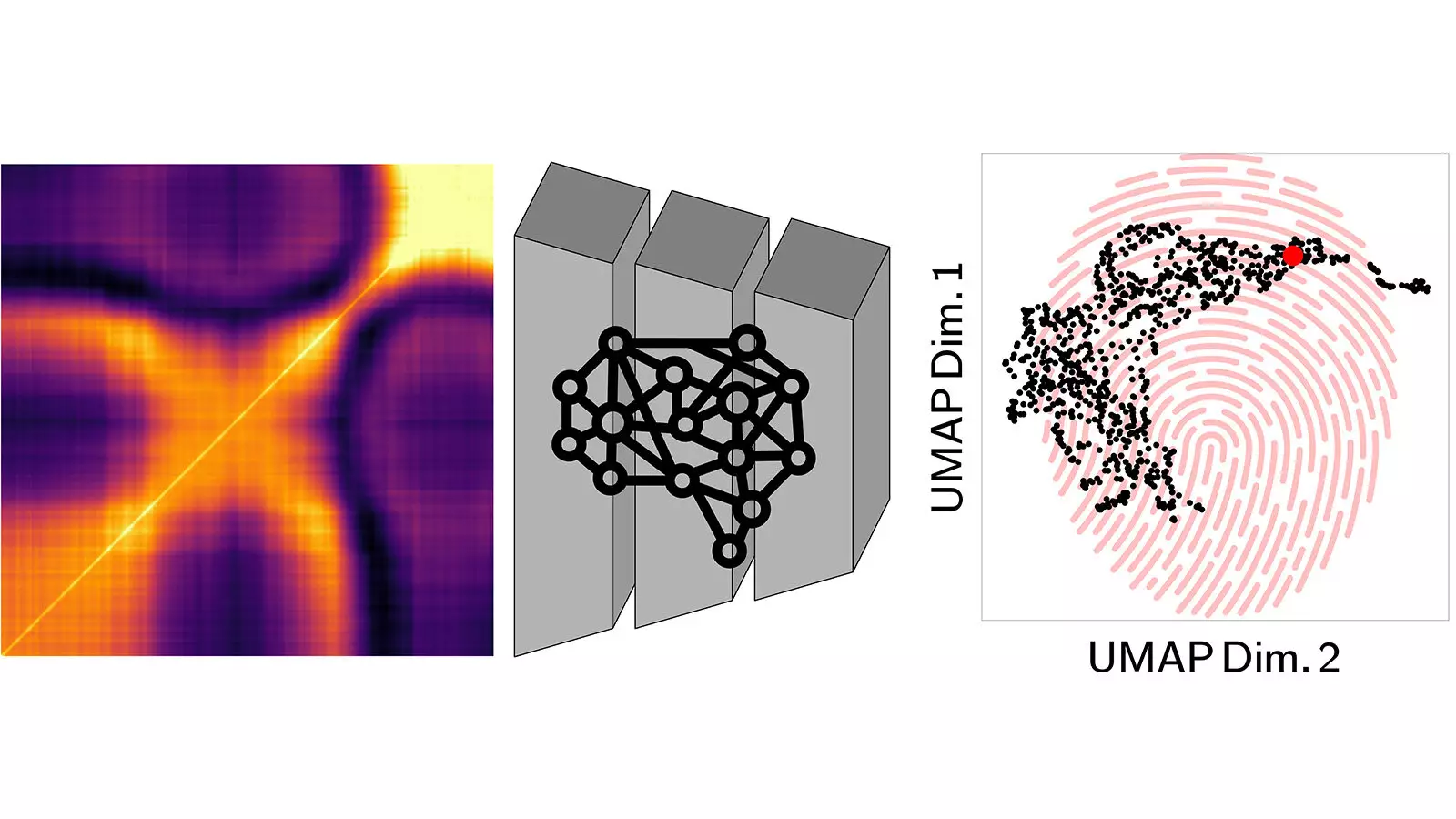In the thriving domain of material science, understanding how various materials behave under stress and relaxation is akin to deciphering a complex language. Recent advancements harnessing the combined capabilities of X-ray photon correlation spectroscopy (XPCS), artificial intelligence (AI), and machine learning have heralded a new era in research. These innovative approaches strive to dissect and translate the intricate behaviors of materials, evolving our comprehension beyond traditional methods.
At the heart of this technological evolution is a novel approach developed by researchers at Argonne National Laboratory’s Advanced Photon Source (APS) and Center for Nanoscale Materials (CNM). This technique employs XPCS paired with unsupervised machine learning algorithms to identify and analyze “fingerprints” of materials. These fingerprints—essentially condensed information that encapsulates key characteristics—enable scientists to glean insights previously locked behind the complexity of raw data.
The Genius of Neural Networks at Play
Neural networks, inspired by the workings of the human brain, function by recognizing patterns within vast datasets. In this groundbreaking research, the unsupervised machine learning approach was leveraged, allowing the algorithm to independently recognize patterns in the chaotic signals emitted during X-ray scattering from a colloid—a group of particles suspended in a solution. The complexity of these findings often eludes even the most seasoned experts, yet AI offers a beacon of hope in deciphering this intricate web of data.
As Argonne postdoctoral researcher James Horwath articulately stated, the dynamics of materials when subjected to various forces reveal a range of scattering patterns, which can overwhelm human analysis. The application of AI can dramatically push the boundaries of what researchers can comprehend from these patterns, facilitating a fundamental shift in material science research.
The Concept of Material Fingerprinting: A Breakthrough
Argonne’s project, aptly named Artificial Intelligence for Non-Equilibrium Relaxation Dynamics (AI-NERD), symbolizes an essential leap forward. By employing an autoencoder—an ingenious neural network architecture—the researchers developed fingerprints that encapsulate the significant details about the materials under study. Illustratively, one might think of this fingerprinting process as deciphering the genetic code of materials, leading to a comprehensive understanding of their structural and developmental characteristics.
This fingerprinting creates a meticulous map, where researchers can cluster similar patterns into neighborhoods, ultimately unveiling the evolution of materials over time. This methodical categorization paves the way for a richer comprehension of material behavior under stress, unlocking new avenues for research and application in a multitude of fields, including nanotechnology and polymer science.
AI as a Game-Changer for Future Research
The implications of integrating AI into material science are monumental, particularly as facilities like the upgraded APS come online, promising to generate X-ray beams that are 500 times brighter than their predecessors. This enhanced capacity will inevitably result in an overwhelming amount of data, thereby necessitating AI’s advanced sorting capabilities to manage this deluge of information effectively.
In a world where data generation exponentially increases, leveraging AI to distill and interpret complex datasets becomes not just advantageous but essential. The research beyond AI-NERD is already indicating a collaborative effort between theoretical and computational divisions within Argonne’s X-ray Science community. By generating molecular simulations of polymer dynamics, they aim to synthesize data for optimizing AI training, ensuring that future technological workflows can keep pace with the rapid advancements in X-ray methodologies.
The Collaborative Nature of Modern Science
Cooperation lies at the foundation of these scientific breakthroughs. The study brings together the expertise of numerous contributors, including researchers from the Argonne National Laboratory and the University of Chicago, facilitating a multidisciplinary approach that is crucial for overcoming the multifaceted challenges in material science. It embodies a critical lesson in today’s scientific landscape: collaboration across disciplines—be it between theoretical frameworks, experimental techniques, or computational power—is imperative to foster innovation and progress.
Ultimately, the union of AI and material science presents an exhilarating prospect, allowing scientists to translate complex interactions into understandable formats. By adopting these forward-thinking methodologies, researchers are poised to unravel the enigmatic behaviors of materials, driving advancements in technology, sustainability, and beyond.


Leave a Reply